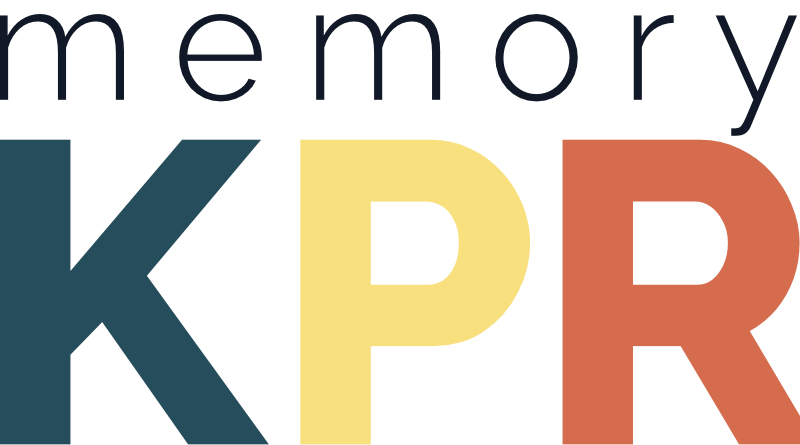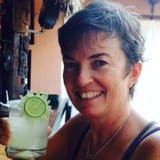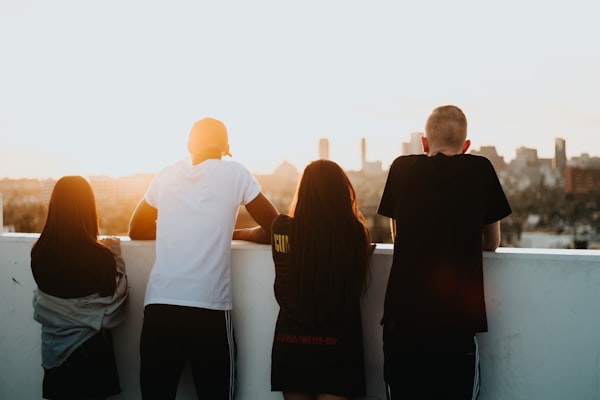What is Placemaking and How Can it Benefit Your Community?

Everyone knows the famous line from the movie Field of Dreams: “if you build it, they will come.”
Sure enough, building a baseball field attracts a baseball team, and since the movie was released way back in 1989, the line has become famous in pop culture.
Every community has a hidden history, so why not share the story?
“If you tell it, they will come.”
Whether you’re interested in community tourism or you want to boost human connection in your local area, here are some tips on how a community can use storytelling as a tool for local discovery.
Start with Placemaking
If you’re interested in building community and revealing your hidden gems, then you need to know about placemaking. What is placemaking?
It’s defined in different ways but we like this one:
“Placemaking is the process of creating quality places that people want to live, work, play and learn in.”
Some of the key elements of quality places are:
- preservation of historic structures
- community heritage
- arts, culture and creativity
- recreation
- green spaces
- mixed-use
Placemaking is a hands-on approach for improving a neighborhood, city, or region; it’s also community-driven, collaborative, sociable, adaptable, and inclusive. Placemaking can even support economic development, by making your community stand out.
In the end, placemaking is focused on creating destinations.
If your community is using placemaking to create a sense of community, you can use local storytelling as a way to reveal those hidden gems. Storytelling can build interest in your community and boost discovery.Regina Eco Museum is a great example of placemaking. It is a museum without walls that has embedded exhibits in communities. Regina Eco Museum has created a gathering place for the community and has QR codes (read on for more on these!) on the exhibits. This allows people to view the story and share their own stories about the exhibits back to the Museum and other observers.
Read on for other ideas on how to use storytelling as a tool for local discovery.
Transform Your Community's Digital Presence with memoryKPR
Schedule your free demo today and take the first step towards a more connected community.
Book a DemoListen to Your Locals

If there are hidden gems that already exist in your community, find them and shine a light on them. If you can’t find them, create them.
Tourism Saskatchewan has a unique role in their organization, the Saskatchewanderer. The individual’s job is to find and highlight hidden gems in their province.
Most recently, the Saskatchewanderer did a feature on a local bakery called Golden Grain Bakery, in the small town of Melfort, Saskatchewan. A day after the feature, the bakery sold out of many items and said they had visitors who drove hours out of their way to make the visit.
Another example is a feature the Saskatchewanderer did on small-town rink burgers, seeking feedback from the whole community to narrow down a top 10 list, which turned into a wildly successful campaign.
Building an audience on social media with fun stories like this will help drive excitement. Adding a tool like memoryKPR makes it even easier to highlight hidden gems. This intuitive platform invites members to contribute their experiences—photos, videos, audio recordings, and personal experiences, and more. This will make it even easier to gather feedback and stories from your community.
The Power of User Generated Content
UGC is any content—videos, images, reviews, and more—created by people, rather than by a business. This content is voluntarily contributed by individuals that have experienced your hidden gem.
Consumers are no longer passive recipients of marketing messages; they actively participate in shaping your brand. This shift to the voices of real users will build trust in what you’re looking to share with others, and it’s cost effective for you.
One example is Destination Canada’s Found in Canada campaign: The organization charged with promoting Canadian tourism launched a video campaign to target the United States travel market. To do it, they tapped into the visual content Canadians and international visitors were already sharing online.
They acquired rights to over 2500 photos and videos from social media and turned them into a series of short, fun, and exciting videos. These videos went viral, reaching over 3 million views within a week.
Another idea comes from running contests in your own community, using a UGC gathering tool to compile hashtag content, and allowing people to add directly to a story. The Secret Adventurers’ Club did just this, seeking UGC from around the globe. They created stickers for and placed them at various spots around the world—sending stickers with friends as they traveled.
By using memoryKPR, they made sure to get both social media and non-social media users, and they allowed travelers to contribute anonymously. The results have been amazing, with photos coming in from all over the world.
Go Digital With QR Codes To Tell the Story

Quick Response or QR codes are a powerful and easy way to share information. These two-dimensional barcodes store data in a scannable format. Users simply point their smartphone at the QR code and get links to various types of information: it can be text, URLs, videos, maps, contact information, and more.
Local storytelling could opt for a dynamic QR code, which can update the information. Think of a QR code as the new museum booklets or tourism leaflets—maintenance-free, easy to update, and can be placed wherever you want.
In fact, QR codes can be used in so many ways. Using the right software to create your QR code stories can also allow you to go from a one-way conversation, where guests consume material, to a two-way conversation, where people can add their own pictures, videos, or messages.
For instance, adding a QR code to a trail to share a map of the route or placing a QR code on a building to share historical information and encourage sharing back can create a more meaningful experience for guests.
Some software solutions like memoryKPR will allow you to accept stories back from your audience or even support a donation button, all from a QR code. It’s all done with an easy, no-code solution—because we all don’t have a tech team at our fingertips! In fact, a QR code engages your audience in ways a brochure can’t, with videos, virtual tours, and more.
Case Study: Storytelling in Waco Reveals a Hidden Gem
Your community may already have a hidden gem that just needs to be found.
Here’s a great example.

The City of Waco, Texas, changed the story around its downtown to make it more inviting. The Magnolia Market at the Silos attracted up to 500,000 annual visitors, but most did not realize the downtown is just a few blocks away, with more to do and see. That was mainly due to a dangerous walk to get there, with “uninviting alleyways and dangerous intersections.”
The City engaged a marketing company for help, and they implemented a “placemaking demonstration.” They connected the Silos to downtown Waco’s main street with a colorful pedestrian walkway, and brought life to that main street by creating a pedestrian plaza.
Pedestrian counts shot up 30 percent after implementation, helping to “knit together” two urban spaces and turn them into places, the community crafting a better place for residents and visitors.
Think of how far this initiative could have spread using a platform like memoryKPR. QR codes placed on-site could tell the story of the placemaking demonstration, or provide maps to guide those wanting to find the new pedestrian plaza. A hashtag contest could collect photos and stories from visitors and residents, which could then be shared back to the community.
After all, sharing experiences can “create impressions that either hinder or expand access.”
Tell The Story of Your Community
Storytelling is a powerful tool to show the beauty of your community, highlight interesting historical sites, and bring visitors and residents alike to enjoy your hidden gems. We all have hidden gems in our communities, shining a light on them and telling their story is important.
One way to do that is through placemaking, creating an emotional attachment to the community place by telling its story and sharing that story. Creating a sense of community in this way fosters social ties and support systems, provides a sense of belonging, and can encourage economic development.
If you’re looking to tell the story of your community, have you considered placemaking, user-generated content, or QR codes? A tool like memoryKPR will allow you to capture the whole story of a place, community or business. You don’t need an account with a social media platform, but you can still connect to social media when you want it.
There’s more:
- use QR codes to easily share and gather user-generated content
- import content from social media and cloud platforms
- integrate your stories into your own website or app
- add hashtagged social media moments directly into your story
- white label your story to add your own logo
- collect donations for a project
- build a searchable database with the content management system
If you need help, reach out to memoryKPR. We can help you build your story engagement strategy to share your hidden gems and tell the meaningful stories in your community.
Ready to see how easy (and powerful) it can be? Explore memoryKPR today. Your stories—and your community—deserve a vibrant future.
Transform Your Community's Digital Presence with memoryKPR
Schedule your free demo today and take the first step towards a more connected community.
Book a Demo




